
Deutsch-Chinesische Enzyklopädie, 德汉百科
 Anhui Sheng-AH
Anhui Sheng-AH
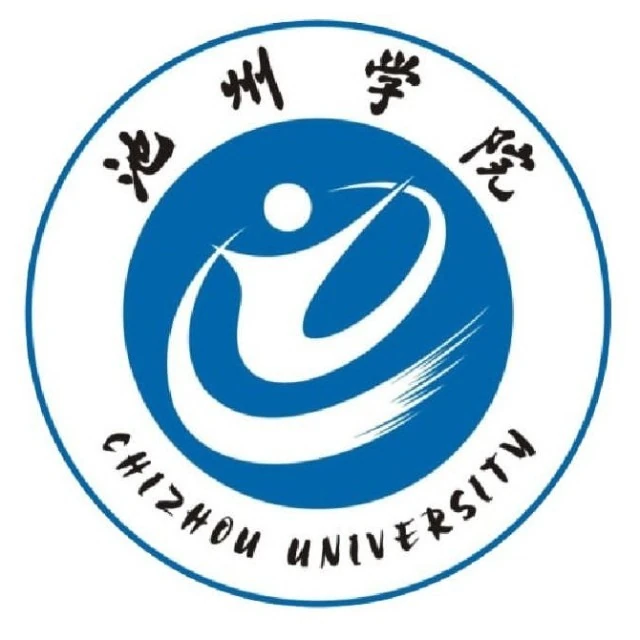
 Anhui Sheng-AH
Anhui Sheng-AH
 Chongqing Shi-CQ
Chongqing Shi-CQ

 History
History
 H 1000 - 500 BC
H 1000 - 500 BC

 History
History
 I 500 - 0 BC
I 500 - 0 BC
 Guizhou Sheng-GZ
Guizhou Sheng-GZ
 Henan Sheng-HA
Henan Sheng-HA
 Hubei Sheng-HB
Hubei Sheng-HB
 Hunan Sheng-HN
Hunan Sheng-HN
 Jiangsu Sheng-JS
Jiangsu Sheng-JS
 Jiangxi Sheng-JX
Jiangxi Sheng-JX
 Shandong Sheng-SD
Shandong Sheng-SD
 Shanghai Shi-SH
Shanghai Shi-SH
 Sichuan Sheng-SC
Sichuan Sheng-SC
 Zhejiang Sheng-ZJ
Zhejiang Sheng-ZJ
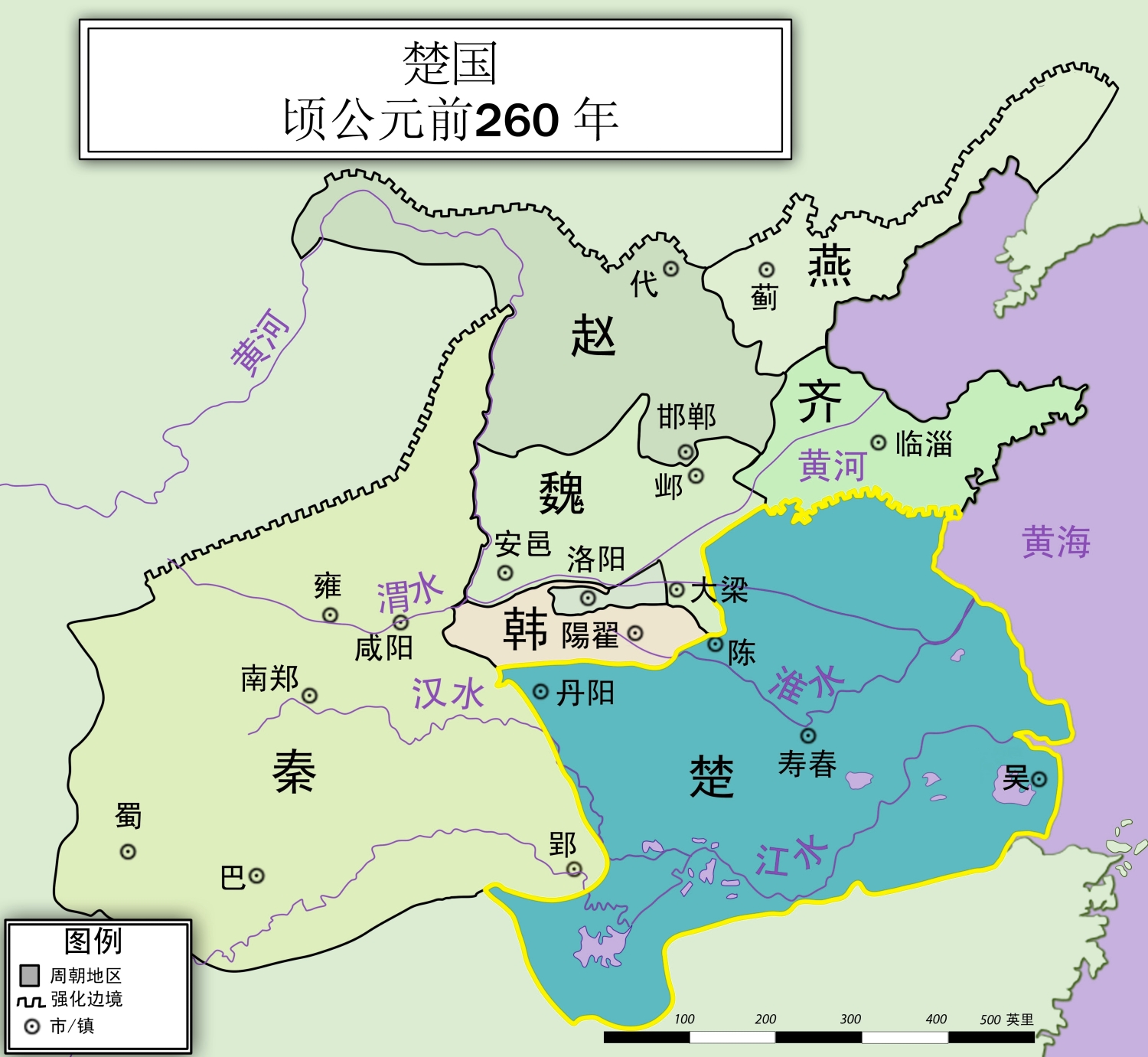
Chu (chinesisch 楚, Pinyin Chǔ, W.-G. Ch'u) war ein Königreich im Gebiet des heutigen Süd-China während der Westlichen Zhou-Dynastie (1046 bis 771 v. Chr.), der Zeit der Frühlings- und Herbstannalen (722 bis 481 v. Chr.) und der Zeit der Streitenden Reiche (475 bis 221 v. Chr.).
Ursprünglich war das Land als Jing (荆) und nachfolgend als Jingchu (荆楚) bekannt. Die größte Ausdehnung umfasste ein umfangreiches Gebiet, einschließlich das der heutigen Provinzen Hunan, Hubei, Chongqing, Henan, und Teile von Jiangsu. Die Hauptstadt von Chu war Ying.
Chu war zu seiner Zeit einer der mächtigsten Staaten und unterwarf zum Beispiel auch den kleineren Staat Lu im heutigen Shandong.
Größere Bedeutung erlangte Chu erstmals unter der Herrschaft von König Zhuang.
Chu (Chinese: 楚, Old Chinese: *s-r̥aʔ[2]) was a hegemonic, Zhou dynasty era state. From King Wu of Chu in the early 8th century BCE, the rulers of Chu declared themselves kings on an equal footing with the Zhou kings. Though initially inconsequential, removed to the south of the Zhou heartland and practising differing customs, Chu began a series of administrative reforms, becoming a successful expansionist state during the Spring and Autumn period. With its continued expansion Chu became a great Warring States period power, until it was overthrown by the Qin in 223 BCE.
Also known as Jing (荆) and Jingchu (荆楚), Chu included most of the present-day provinces of Hubei and Hunan, along with parts of Chongqing, Guizhou, Henan, Anhui, Jiangxi, Jiangsu, Zhejiang, and Shanghai. For more than 400 years, the Chu capital Danyang was located at the junction of the Dan and Xi Rivers[3][4] near present-day Xichuan County, Henan, but later moved to Ying. The ruling house of Chu originally bore the clan name Nai (嬭) and lineage name Yan (酓), but they are later written as Mi (芈) and Xiong (熊), respectively.[5]
Chu ou l'état de Chu (chinois simplifié : 楚国 ; chinois traditionnel : 楚國 ; pinyin : ; littéralement : « pays Chǔ ») était un État des périodes des Printemps et Automnes et des Royaumes combattants, établi sur le fleuve Yangzi. Chu a été annexé par Qin en 223 av. J.-C. La maison royale de Chu à l'origine portait le nom ancestral Nai (嬭) et le nom de clan Yan (酓) mais ceux-ci sont devenus plus tard Mi (芈) et Xiong (熊)1.
Chǔ (楚) fu un regno situato nell'attuale Cina centro meridionale, durante il Periodo delle primavere e degli autunni, (722-481 a.C. e il Periodo dei regni combattenti (481-221 a.C.). La famiglia dominante possedeva il cognome "mi" (芈), nome del clan "xiong" 熊, e il titolo nobiliare di "zi", corrispondente approssimativamente al nostro visconte.
Il primo nome dello Stato era Jing (荆) e successivamente Jingchu (荆楚). Al massimo della sua espansione il regno di Chu occupava una vasta area di territorio, comprendente le attuali province dello Hunan, Hubei, Chongqing, Henan, Shanghai, e parte dello Jiangsu. La capitale del regno era Ying (郢), localizzata approssimativamente nei pressi dell'attuale Jingzhou, nella provincia dell'Hubei.
Chǔ (楚, Wade-Giles: Ch'u3, pinyin: Chǔ) fue un reino situado en lo que hoy es China central y meridional durante el período de Primaveras y Otoños (722-481 a. C.) y el período de Reinos Combatientes (481-212 a. C.).
Fue originalmente conocido como Jing (荆) y luego como Jingchǔ (荆楚). Con el peso de su poder, el reino Chǔ ocupó vastas tierras, incluyendo las provincias actuales de Hunan, Hubei, Chongqing, Henan, Shanghái, y partes de Jiangsu. La capital de Chu era Ying (郢) y estaba ubicada en lo que hoy es la provincia de Hubei.
Чу (кит. 楚) — царство в южном Китае во время эпохи Чуньцю (722—481 гг. до н. э.) и Чжаньго («Воюющие царства» 481—221 до н. э.).
Первоначально царство было известно под названием Цзин (荆), затем Цзинчу (荆楚). На пике могущества под властью Чу находилась территория современных провинций Хунань, Хубэй, Чжэцзян, частично Цзянсу, Цзянси, Аньхой и Фуцзянь, а также города Шанхай. Ранней столицей Чу был Даньян 丹陽, в правление Сюн Туна (8-7 вв. до н. э.) столица была перенесена в Ин 郢 (совр. Цзинчжоу).

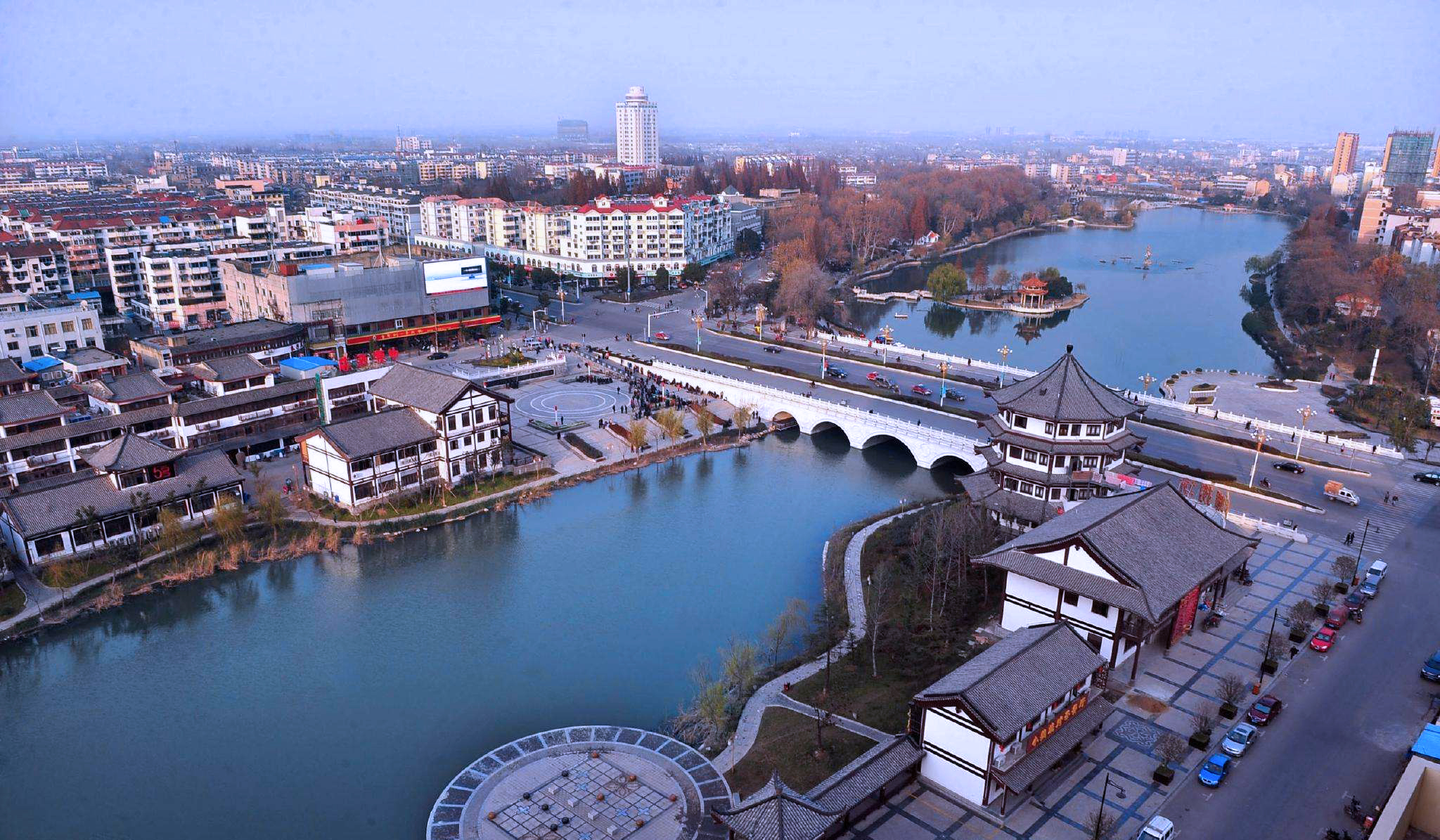


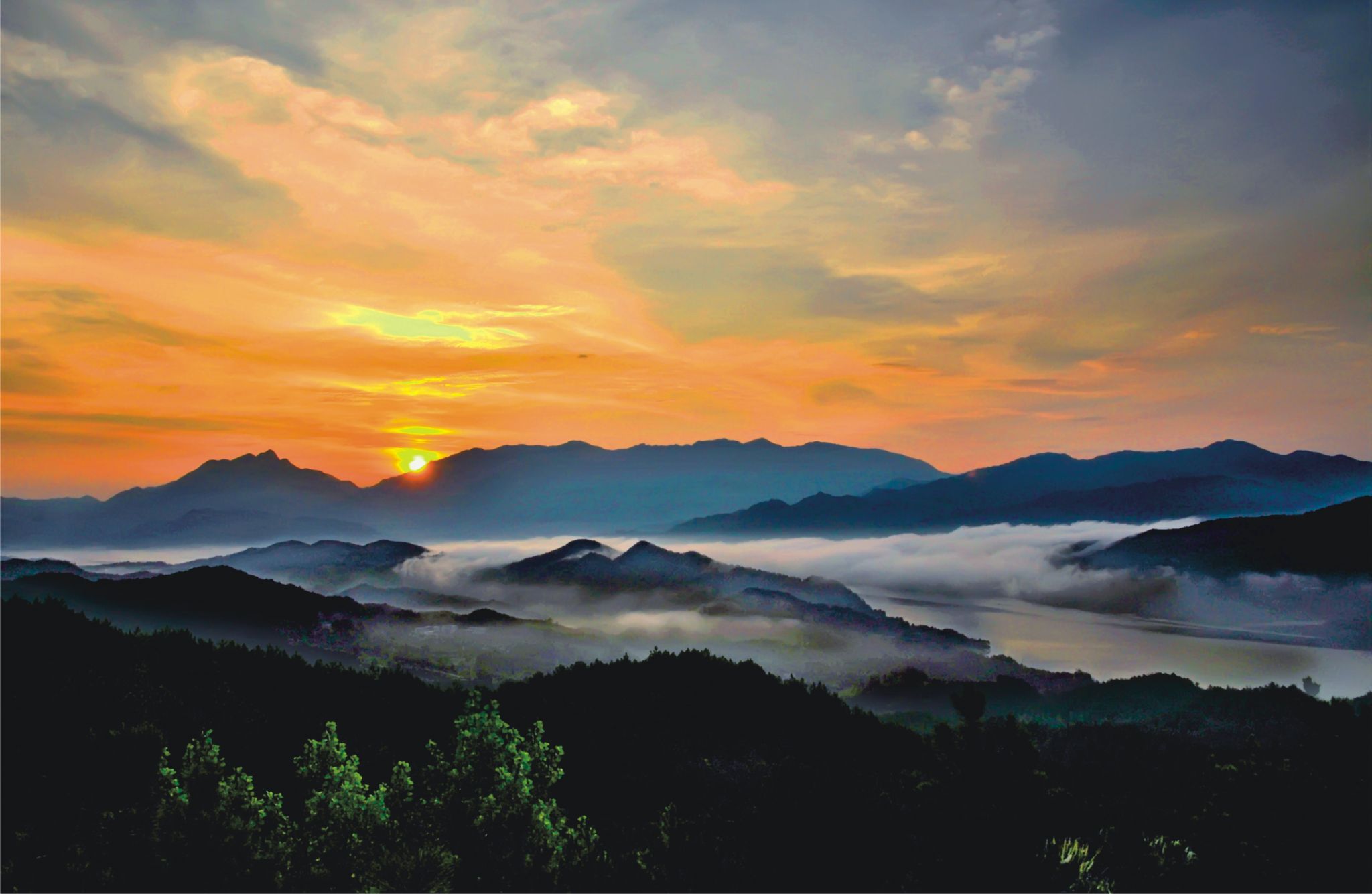
Das Dabie-Gebirge bzw. Dabie Shan (chinesisch 大别山, Pinyin Dàbié Shān) ist ein Mittelgebirge in der Volksrepublik China, im Grenzgebiet der drei Provinzen Hubei, Henan und Anhui.Es verläuft von Nordwest nach Südost und bildet die Wasserscheide zwischen den Flüssen Huai He und Jangtsekiang. Sein höchster Gipfel erreicht 1852 m und liegt im Nordosten des Gebirges. Der Dabie Shan bildet den östlichen Ausläufer des Qinling-Gebirges und endet im Südosten abrupt an der aktiven Tan-Lu-Störung. Es findet seine geologisch-morphologische Fortsetzung auf der Shandong-Halbinsel und in Zentralkorea.

 Anhui Sheng-AH
Anhui Sheng-AH
 Heilongjiang Sheng-HL
Heilongjiang Sheng-HL
 Henan Sheng-HA
Henan Sheng-HA
 Jiangsu Sheng-JS
Jiangsu Sheng-JS
 Jilin Sheng-JL
Jilin Sheng-JL
 Liaoning Sheng-LN
Liaoning Sheng-LN
 Nei Mongol Zizhiqu-NM
Nei Mongol Zizhiqu-NM
 Shaanxi Sheng-SN
Shaanxi Sheng-SN
 Shandong Sheng-SD
Shandong Sheng-SD
 Sichuan Sheng-SC
Sichuan Sheng-SC
 Xizang Zizhiqu-XZ
Xizang Zizhiqu-XZ
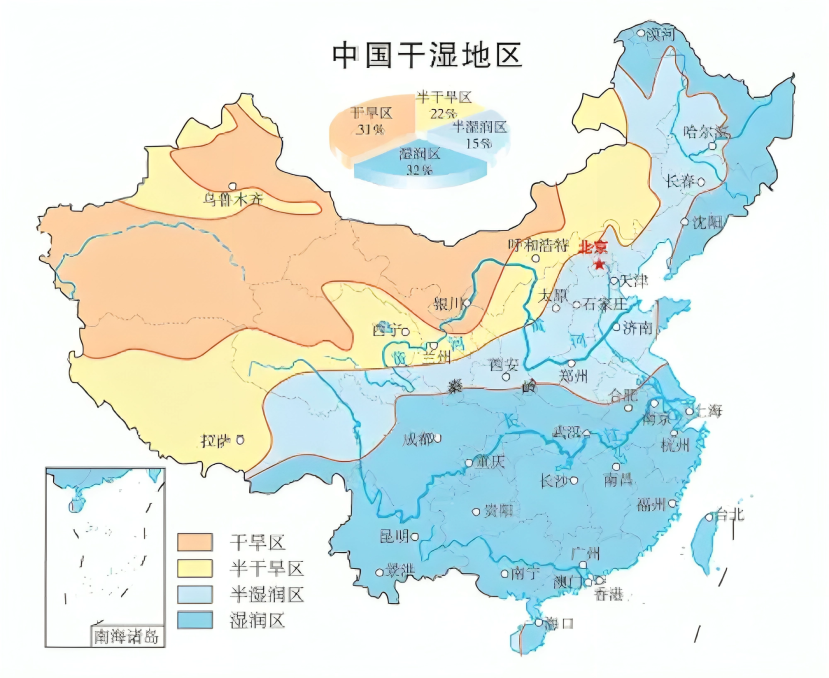
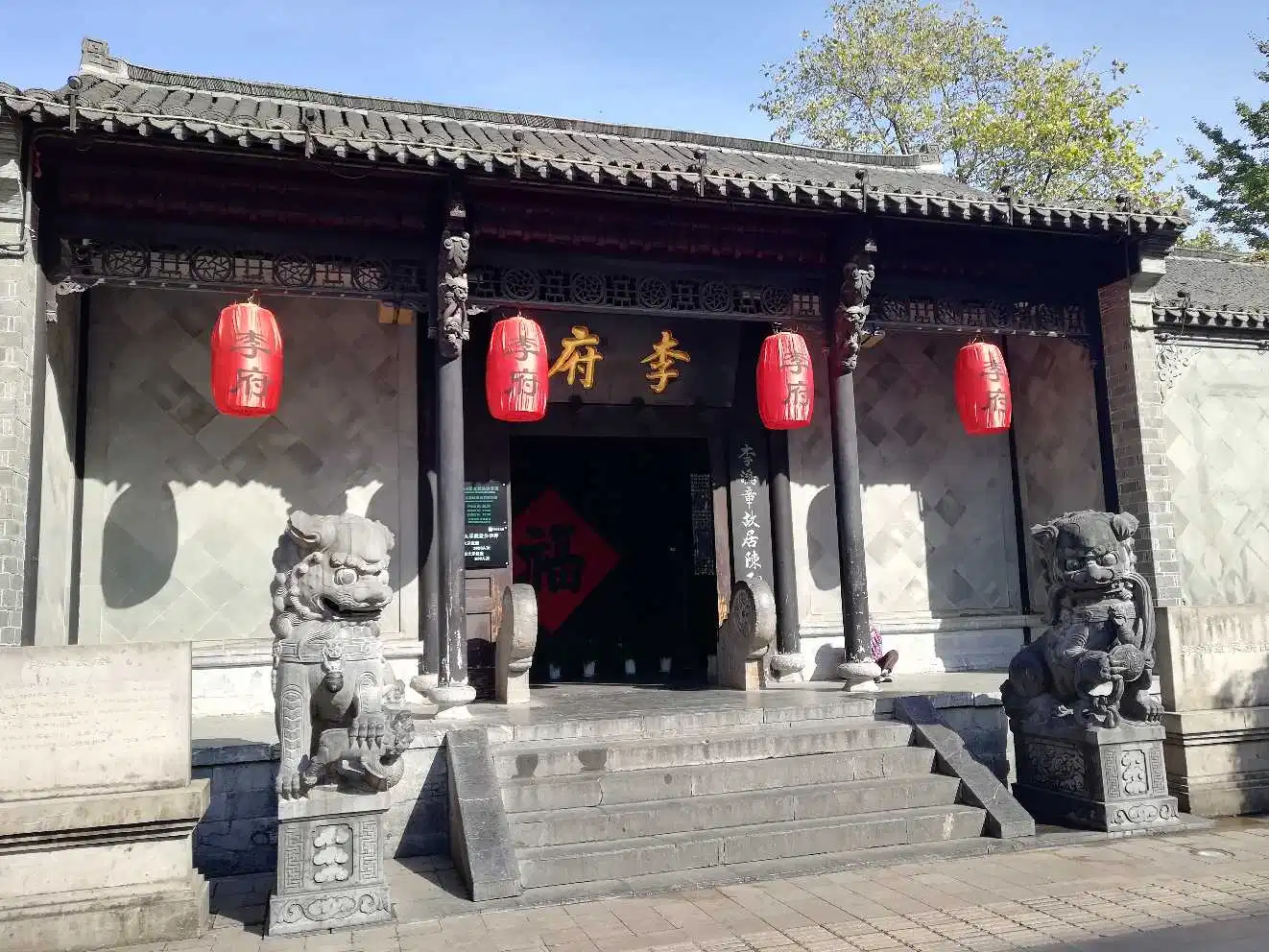

由中国科学院合肥物质科学研究院等离子体物理研究所自主设计研制的具有完全知识产权的世界首个全超导非圆截面托卡马克装置EAST,中文名为“东方超环”。EAST由实验“Experimental”、先进“Advanced”、超导“Superconducting”、托卡马克“Tokamak”四个单词首字母拼写而成,即“先进实验超导托卡马克”,同时具有“东方”的含意。
EAST是国家“九五”重大科技基础设施,EAST辅助加热系统是国家“十一五”重大科技基础设施。EAST于1998年立项,2000年正式获批开工建设,2006年建成并开启实验运行;EAST辅助加热系统于2008年立项,2011年正式获批开工建设,2015年建成并投入实验运行。EAST的建成和运行受到国际核聚变领域的高度赞誉,国际顶尖期刊《自然》和《科学》分别给予高度评价:“这是世界聚变能开发的杰出成就和重要里程碑”,“中国创造了聚变历史”。
EAST装置同时具有“超高温”“超低温”“超大电流”“超强磁场”“超高真空”等极限条件,拥有68项自主创新的核心技术,实现了零下269度与1亿度冰火两重天的系统集成,其成功建设和运行是我国核聚变研究的里程碑式突破。
EAST装置独有的非圆截面、全超导及主动冷却内部结构三大特性,可以对磁约束核聚变相关的前沿物理问题开展实验研究和工程验证,为未来稳态、安全、高效的聚变堆提供物理和工程技术基础。EAST装置是目前国际上唯一具备与国际热核聚变实验堆ITER类似条件,最有能力在粒子平衡时间尺度上实现长脉冲高性能运行,并挑战与ITER接近的超过10MW/m2的靶板热负荷的实验装置。
EAST装置自2006年运行以来,已经10余次创造等离子体运行的世界纪录,在前沿物理研究取得一系列原创性突破,获得2次国家科技进步一等奖,4次国家科技十大进展新闻。
作为国际磁约束核聚变领域最前沿的托卡马克,EAST装置在高参数下开展稳态实验研究的特长和能力以及取得的特色物理成果,推动我国磁约束核聚变研究方面走在国际前列,为我国建造聚变堆及推进商业应用奠定了坚实的科学和技术基础,为人类核聚变研究做出中国贡献。
详情请访问:http://east.ipp.ac.cn/
 Anhui Sheng-AH
Anhui Sheng-AH
 Gansu Sheng-GS
Gansu Sheng-GS
 Guangdong Sheng-GD
Guangdong Sheng-GD
 Guangxi Zhuangzu Zizhiqu-GX
Guangxi Zhuangzu Zizhiqu-GX
 Henan Sheng-HA
Henan Sheng-HA
 Hubei Sheng-HB
Hubei Sheng-HB
 Hunan Sheng-HN
Hunan Sheng-HN
 Jiangxi Sheng-JX
Jiangxi Sheng-JX
 Liaoning Sheng-LN
Liaoning Sheng-LN
 Shandong Sheng-SD
Shandong Sheng-SD
 Shanxi Sheng-SX
Shanxi Sheng-SX
 Sichuan Sheng-SC
Sichuan Sheng-SC
 Tianjin Shi-TJ
Tianjin Shi-TJ


 Geography
Geography
 Companies
Companies
 Energy resource
Energy resource
 Theme park
Theme park